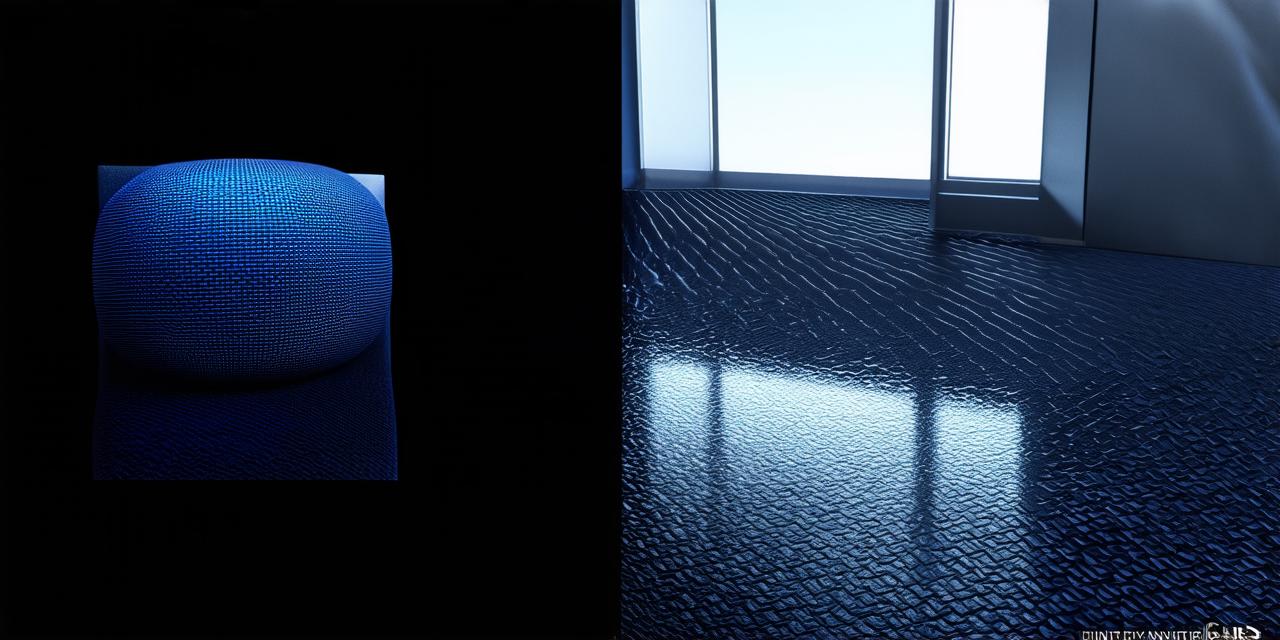Introduction
The world of 3D game development is constantly evolving, with new tools and technologies emerging to make it easier for developers to create immersive and engaging experiences. Two such tools that have gained immense popularity among game developers are Unity and Blender. While these two software packages serve different purposes, their integration can lead to some truly remarkable results. In this article, we will explore the benefits of integrating Unity and Blender for enhanced 3D game development, as well as provide some real-life examples of how this integration has been successfully implemented by other developers.
What is Unity?
Unity is a cross-platform game engine that allows developers to create games for various devices and platforms, including PCs, mobile phones, consoles, and virtual reality (VR) systems. It offers a wide range of features, such as 2D and 3D graphics, physics simulation, AI, networking, and animation. Unity is widely used by both beginners and experienced developers due to its ease of use, flexibility, and scalability.

What is Blender?
Blender is an open-source 3D modeling and animation software that allows users to create 3D models, animations, and visual effects. It offers a wide range of features such as sculpting, modeling, rigging, animation, rendering, and simulation. Blender is used by both beginners and experienced artists, designers, and animators due to its versatility, flexibility, and free-to-use nature.
The Benefits of Integrating Unity and Blender
Integrating Unity and Blender can bring several benefits to 3D game development. Here are some of the key advantages:
1. Improved productivity: By using Blender to create 3D models and animations, developers can save a lot of time and effort compared to using Unity’s built-in modeling tools. This allows them to focus on other aspects of game development, such as coding, debugging, and optimization.
2. Enhanced creativity: Blender offers a wide range of features that allow artists and designers to create highly detailed and realistic 3D models and animations. By integrating Unity with Blender, developers can take advantage of these features to create more immersive and engaging game worlds.
3. Improved performance: By using Blender to create optimized 3D assets, developers can improve the overall performance of their games. This is especially important for mobile devices, which often have limited processing power.
4. Better collaboration: Integrating Unity with Blender allows developers to work more efficiently and collaboratively with artists, designers, and other team members. By using a single software package, everyone involved in the project can work together seamlessly.
Real-Life Examples of Unity and Blender Integration
There are many successful examples of Unity and Blender integration in 3D game development. Here are some real-life examples:
1. “The Last Of Us Part II” – Naughty Dog
Naughty Dog, the studio behind “The Last Of Us” series, used Unity and Blender to create the highly immersive and engaging world of “The Last Of Us Part II”. They used Blender to create the 3D models and animations for the game’s characters and environments, which were then imported into Unity. This allowed them to achieve a level of detail and realism that was previously impossible with Unity’s built-in modeling tools.
2. “Batman: Arkham Knight” – Rocksteady Studios
Rocksteady Studios used Unity and Blender to create the dark and gritty world of “Batman: Arkham Knight”. They used Blender to create the 3D models and animations for the game’s characters and environments, which were then imported into Unity. This allowed them to achieve a level of detail and realism that was previously impossible with Unity’s built-in modeling tools.
3. “Toy Story 4” – Pixar Animation Studios
Pixar Animation Studios used Blender to create the 3D models and animations for “Toy Story 4”. They then imported these assets into Unity, which allowed them to bring the characters and environments to life in a highly immersive and engaging way. This integration helped Pixar achieve a level of realism and detail that was previously impossible with traditional animation techniques.
Integration Steps
Integrating Unity and Blender can seem daunting at first, but it is actually quite straightforward. Here are the general steps involved:
1. Install both software packages: You will need to install both Unity and Blender on your computer. Make sure that you have the latest versions of each software package installed.
2. Create 3D assets in Blender: Use Blender to create 3D models, animations, and other assets that you will need for your game. Export these assets in a format that is compatible with Unity.
3. Import assets into Unity: Open Unity and import the 3D assets that you created in Blender. You can do this by dragging and dropping the files into the project window or by using the built-in importer tool.
4. Set up scenes and cameras: Use Unity to set up the scenes and camera angles for your game. You can use the 3D assets that you imported from Blender to populate these scenes.
5. Add animations and interactions: Use Unity’s built-in animation tools to add animations and interactions to your game. You can also use the 3D assets that you created in Blender to create more complex animations and interactions.
6. Test and optimize: Once you have completed your game, test it thoroughly to ensure that everything is working correctly. You may need to make some adjustments to the 3D assets or animations that you imported from Blender to optimize the game’s performance.
FAQs
Q: What are the main benefits of integrating Unity and Blender?
A: Improved productivity, enhanced creativity, improved performance, and better collaboration.
Q: How do I integrate Unity and Blender?
A: Install both software packages, create 3D assets in Blender, import assets into Unity, set up scenes and cameras, add animations and interactions, and test and optimize.
Q: Can I use Unity and Blender together on a mobile device?
A: Yes, it is possible to use Unity and Blender together on a mobile device, although this may require some optimization to ensure that the game runs smoothly.
Summary
Integrating Unity and Blender can bring several benefits to 3D game development, including improved productivity, enhanced creativity, improved performance, and better collaboration. By using these two software packages together, developers can create highly immersive and engaging game worlds that are both beautiful and functional. With the right approach and some careful planning, the possibilities for Unity and Blender integration in 3D game development are virtually limitless.
